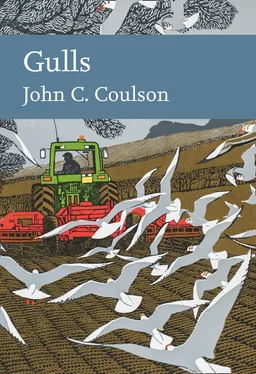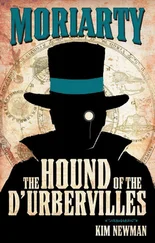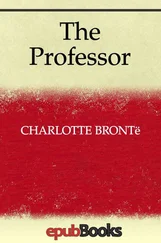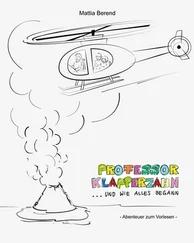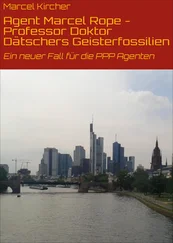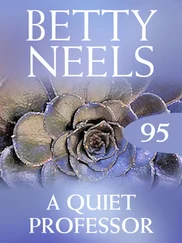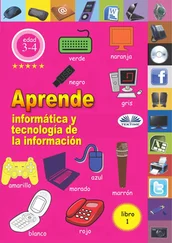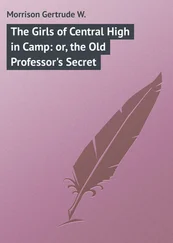The study eventually spanned more than 35 years, although there was never any guarantee that we would be able to continue it beyond a year or two at a time. At that time, long-term studies on birds were virtually unknown, the exception being that undertaken by Huijbert Kluijver on Great Tits (Parus major) in the Netherlands (which began in 1912), and it was many years before the research councils in the UK appreciated their considerable value and supported some of them.
The opportunity arose for both Edward and me to study for a PhD, but independently we came to the same opinion that a doctorate in ornithology was unlikely to lead to employment. There were only three people at that time professionally employed as ornithologists in Britain, and one of these held a post of reader in entomology! Only two universities employed ornithologists (Oxford and Aberdeen), and there was one ornithologist who worked for the Ministry of Agriculture and Fisheries. An eminent Scottish professor of zoology at that time openly stated that the study of birds and butterflies was not part of zoology, and ecology was only just starting to develop in Oxford, under the influence of Charles Elton, David Lack and Alister Hardy.
This situation was in marked contrast to the present day, when many of the now much more numerous universities have one or usually more staff researching in ornithology and ecology, while currently Natural England, the BTO, the Game and Wildlife Conservation Trust, Scottish Natural Heritage and the Royal Society for the Protection of Birds (RSPB) all employ professional ornithologists. Because of the situation in 1953, Edward and I both decided to work on entomological topics for our higher degrees, and studying Kittiwakes remained a happy hobby.
Our cooperative studies of Kittiwakes had to cease after we both completed our PhD studies. Edward went to work at a college in Freetown, Sierra Leone, and then moved to New Zealand. I went into school teaching but continued the Kittiwake studies in my spare time. Eventually, I obtained a post-doctoral fellowship from the Royal Commission for the Exhibition of 1851, and this allowed me to develop a full-time research programme of my own choice – the study of both Kittiwakes and moorland insects.
Two years later, I was offered a lectureship in zoology at Durham University, and in the following years I supervised a series of students working on seabirds and also on moorland invertebrates. Those studying seabirds included Jeff Brazendale, Brian Springett, Dick Potts, Andy Hodges, Ron Wooler, Jean Horobin, Callum Thomas, Jennifer Butterfield, Julie Porter, John Chardine, Fiona Dixon, David Jackson, Nicholas Aebischer and Jackie Fairweather, many of whom worked with me using the individually marked Kittiwakes nesting on the warehouse at North Shields from 1961 to 1990. Étienne Danchin visited from France and contributed much to Kittiwake studies during his post-doctoral year at Durham. In addition, Tom Pearson made a comprehensive study of the feeding biology of seabirds, including Kittiwakes, European Herring Gulls (Larus argentatus, here referred to simply as Herring Gulls) and Lesser Black-backed Gulls (L. fuscus) breeding on the Farne Islands, Northumberland.
Dick Potts started a PhD study on Shags (Phalocrocorax aristotelis) in 1962, and this took us to the Isle of May in Scotland’s Firth of Forth. There, we met those managing the Isle of May Bird Observatory, who were concerned about the lack of use their accommodation and facilities received during the summer. As a result, they encouraged me to start studies on the tens of thousands of Herring Gulls nesting on the island. First, Jasper Parsons, and then Neil Duncan and George Chabrzyk, developed studies on the large gull colony, while the contribution started by Margaret Emmerson was sadly curtailed by her untimely death. We continued studies on Herring Gulls for 11 years, until the major and ‘experimental’ reduction of the large gulls on the island that was carried out by the Nature Conservancy Council. Elsewhere in Britain, Niko Tinbergen had researchers working on gulls at Ravenglass and the Isle of Walney in Cumbria, and more recently several others have studied large gulls nesting on islands in south Wales.
Herring Gulls started to invade and breed in coastal towns in north-east England in the 1960s, and Pat Monaghan was the first to study these and others feeding at landfill sites in detail. We mapped the distribution and rapidly increasing numbers of large gull species nesting in urban areas throughout Britain and Ireland in 1977, building on Stanley Cramp’s initial study. Twenty years later, Susan Raven and I repeated the national census and found both a dramatic spread and increases in numbers.
Investigations on Lesser Black-backed Gulls breeding on Tarnbrook Fell were started by Neil Duncan, and later developed further by Mark O’Connor and Nick Royle, with the aim of establishing non-lethal methods to reduce the extent of the large gull colony there. From 1999 to date, my wife, Becky, and I have studied and counted Herring Gulls nesting in South Shields, Sunderland, Newcastle upon Tyne and Berwick-upon-Tweed in north-east England, and Lesser Black-backed Gulls in Dumfries in south-west Scotland.
In 1992, a new Kittiwake colony was established on the low cliffs of Coquet Island, Northumberland. With the goodwill of the RSPB, Becky and I were able to ring every chick reared there for the first 15 years of the colony’s existence, and so were able to identify the huge immigration of adults reared in other colonies as the Coquet colony rapidly grew in size.
The Natural Environmental Research Council supported my research on gulls in collaboration with their Unit of Virology, which was concerned with the possibility of viruses being carried and distributed by the birds. This involved post-doctoral studies by Neil Duncan, Callum Thomas and Jennifer Butterfield, aided by Nicholas Aebischer, David Jackson and Sarah Wanless. The range of the study was expanded from the north of England to include Scotland, with Pat Monaghan working from Glasgow University, where she had recently been appointed as a lecturer. This work subsequently led to a joint study by Susan Greig, Pat Monaghan and myself on gull feeding methods at landfill sites, which relied on video recordings and then frame-by-frame play-backs of the feeding activity of individually marked gulls of known sex and age during their mass feeding frenzies. Collaborative work was developed with the Public Health Laboratory Service over several years on the microorganisms carried by gulls (particularly Salmonella, Campylobacter and Cryptosporidium). Later, Gabriella MacKinnon and David Baines carried out studies on wintering Black-headed Gulls (Chroicocephalus ridibundus) and Common Gulls (Larus canus).
I have also had considerable exchange of ideas with gull researchers from other countries, in particular Rudi Drent and Arie Spaans in the Netherlands, and Ian Nisbet, Michael Gochfeld and Joanna Burger in the United States. In addition, I have had the pleasure of meeting very many others at international ornithological congresses.
My studies on gulls developed rapidly at Durham with the cooperation of a large series of dedicated and able researchers, well supported by a number of technicians, particularly Eric Henderson, Michael Bone and John Richardson. In addition, we received welcome financial support at different times from the Department of Scientific and Industrial Research, the Science Research Council and the Natural Environment Research Council, supporting facilities supplied by Durham University itself.
Ornithology, including the study of seabirds, has expanded considerably since 1950, and the worldwide output of publications on aspects of the biology of gulls has consequently increased at a remarkable rate. Many, but by no means all, ornithological publications are listed annually in Zoological Record, and it is remarkable how the number of scientific papers included there has increased 15-fold since 1950. Journals such as Ibis, Bird Study, Ardea, Auk and British Birds, along with several journals published in North America, have greatly increased the annual number of pages dedicated to ornithology, while many new journals have also been started. Having been an editor of three ornithological journals over a period of 40 years, I have been particularly aware of this change and, incidentally, the increasing number of papers with multiple authors. In part, this results from more cooperative studies, but perhaps also from the increasing demands (and needs) of students to publish with tenured members of staff so their work can be included in research assessments. In the 1950s and 1960s, most scientific papers in ornithology had single authorship, with a minority having two authors. Recently, however, there has been a change – for example, in a recently published issue of 24 papers in one symposium, the contributions averaged more than four authors per paper, two having 12 authors and one 13, while only two were written by a single author.
Читать дальше
